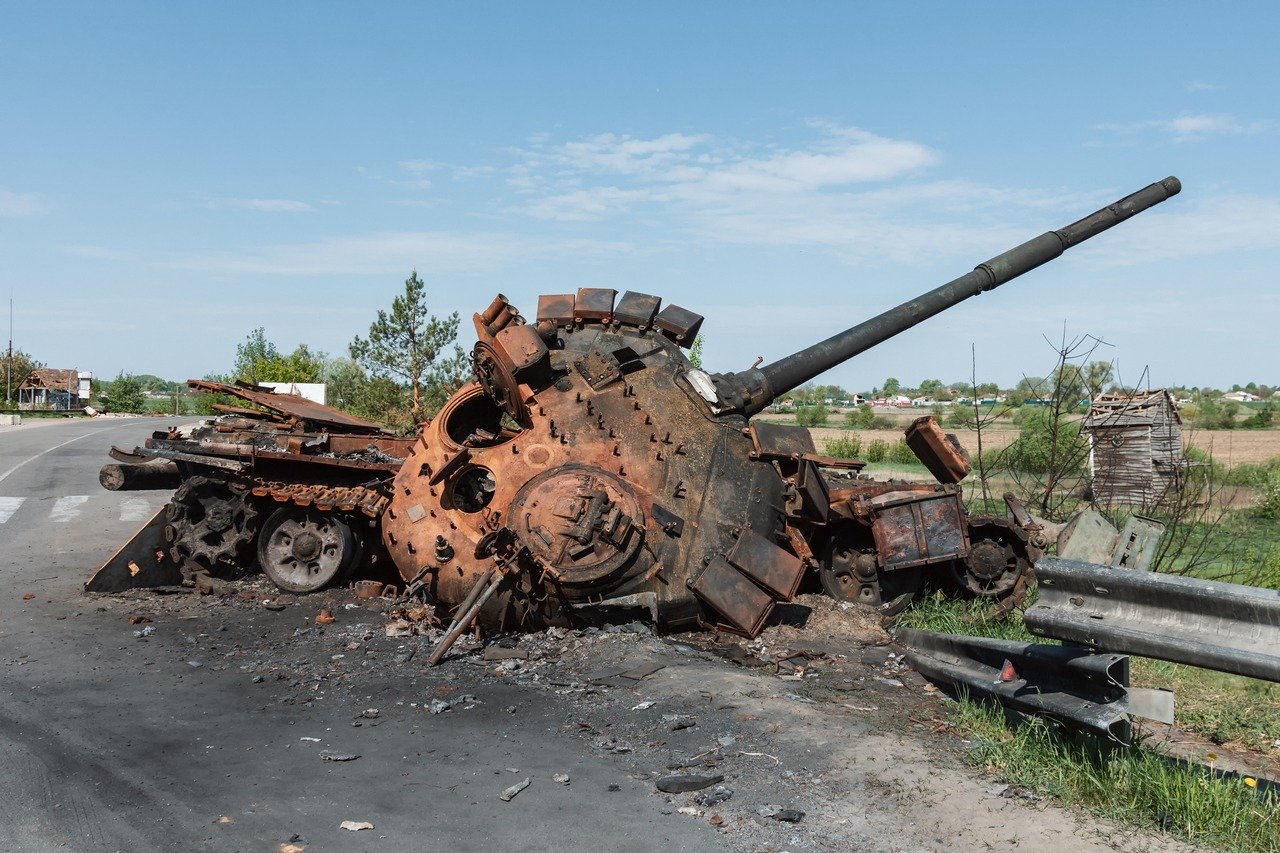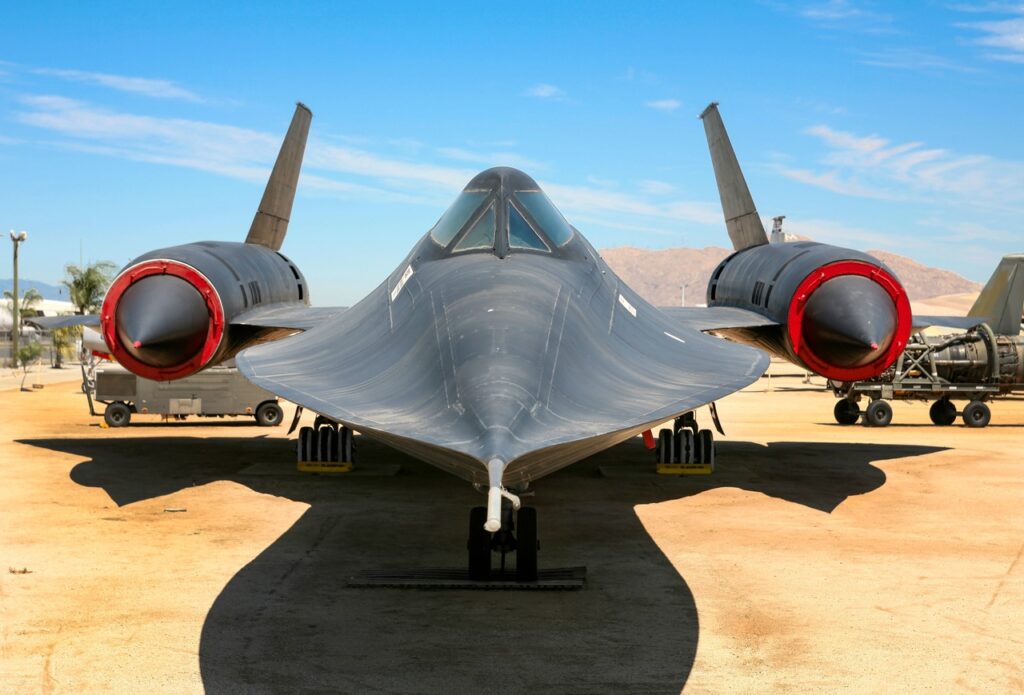
As Losses Mount, Russia Is Relying on Old Soviet-era Equipment in Ukraine
It is no fresh news that the Russian forces have been taking extremely heavy losses in Ukraine. Moscow has lost almost 800,000 men in the fighting thus far. But what about materiel losses? How many heavy ground weapon systems have the Russian force lost in the fighting?
Thousands of Losses
“Russian military equipment losses in Ukraine continue to increase. Russia has lost over 3,600 Main Battle Tanks and nearly 8,000 armoured vehicles since February 2022,” the British Military Intelligence assessed in a recent estimate on the conflict.
According to the Oryx independent open-source analysis website, which has been visually tracking Russian materiel losses since the start of the conflict, the Russian forces have lost approximately 3,660 main battle tanks and 8,900 infantry fighting vehicles and armored personnel carriers.
However, the Ukrainian estimates put the number of Russian materiel losses at vastly higher figures. Specifically, the Ukrainian Ministry of Defense assesses that the Russian forces have lost approximately 9,600 main battle tanks and 19,900 armored personnel carriers and infantry fighting vehicles.
That is quite a discrepancy in numbers between the Western and Ukrainian intelligence assessments, and the truth may very well lie somewhere in between. The Ukrainians are closer to the action and have a better picture. But they also have a vested interest in portraying high Russian losses.
To counter the extremely heavy attrition on the frontlines, the Russian military has resorted to using obsolete weapon systems and vehicles. These obsolete weapon systems include T-54/55 main battle tanks, which were designed at the end of World War II; Degtyaryov heavy machine guns, dating from World War I; artillery pieces built eighty years ago; and armored personnel carriers and infantry fighting vehicles from the 1950s and 1960s.
“This has led to a reliance on outdated and poorly maintained Soviet-era equipment from strategic storage depots. Armoured equipment is being hauled out of storage, upgraded where possible and sent to the frontline,” the British Military Intelligence added.
The Russian military has sent thousands of these older weapon systems to the frontlines to fill the gap created by the heavy attrition.
“Imagery has confirmed a large reduction of stored armoured vehicles at tank storage bases at Arsenyev, Buy and Ulan-Ude since 2022,” the British Military stated, referring to strategic weapon storage facilities operated by the Russian military.
The Strategic Consequence
There is a strategic consequence to what is transpiring in Ukraine. The Russian military’s ability to fight modern, maneuver-type warfare has largely diminished. Indeed, if a near-peer conflict between Russia and NATO breaks out tomorrow, the Russian military would very likely not be able to match the transatlantic alliance’s conventional capabilities on the ground—notwithstanding escalation to the use of nuclear weapons. And that is the case with other capabilities.
For example, the Russian special operations forces community has suffered extremely heavy losses in the fighting. Some Spetsnaz units have lost up to 80 percent of their personnel. And when it comes to special operators, recruiting and training take years. As such, it will likely take the Russian military years to recreate a strategic special operations capability once the war is over.
Stavros Atlamazoglou is a seasoned defense journalist specializing in special operations and a Hellenic Army veteran (national service with the 575th Marine Battalion and Army HQ). He holds a BA from Johns Hopkins University and an MA from the Johns Hopkins School of Advanced International Studies (SAIS). His work has been featured in Business Insider, Sandboxx, and SOFREP.
Image: Andrii Marushchynets / Shutterstock.com


